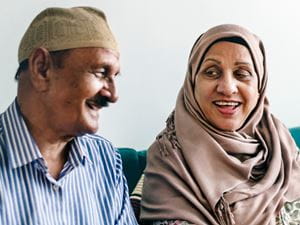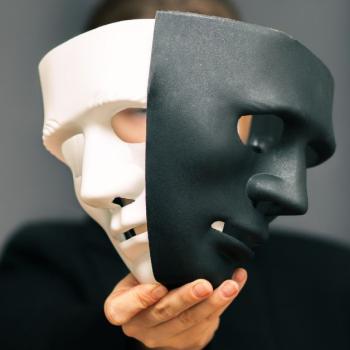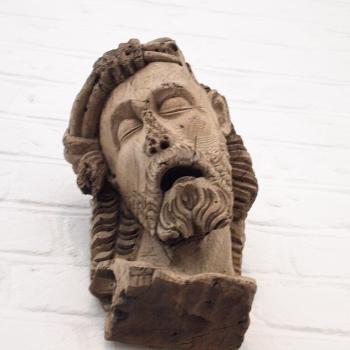
Islam is one of the most ethnically diverse religious groups in the world, and Muslims live in countries all over the world. As a result of this wide-ranging geographical location, from Indonesia to England to Brazil to Kenya to Bosnia to Saudi Arabia to Turkey and with representation in almost every country in the world, Muslims represent the variety of different cultural dressing traditions that can be found across the globe. This diversity is strongly reflected in the way that Muslims dress, and most Muslims dress according to the majority culture in which they live. American Muslims who live in the United States, for example, might wear suits or jeans or t-shirts or any sort of clothing that is similar to what any other American might wear. A Muslim man living in Sohag, Egypt, however, might dress in a jalabiya robe, similar to how other men in the region would dress. There is no end to the diversity of what Muslims around the world wear, because it is reflective of the diversity of dress around the world in general.
There are items of clothing, however, which are specific to the Muslim faith. Some Muslim men will wear a kufi cap during prayer, or when performing a religious obligation (or throughout the day in some countries). These head covering differ in different countries. They are usually round and somewhat raised, but not too tall, and they can be very colorful. Depending on the country, some Muslim men will wear robes, or more elaborately draped headscarves, or even dress in all white. For Muslim men, the decision to cover one’s head is based on the practice of the Prophet Muhammed to keep his head covered, which is understood to make the act praiseworthy, as a way to emulate the prophet.
Muslim women also might wear specific religious items of clothing, particularly to cover their heads. While not all Muslim women choose to cover their heads, some of the most popular options include the headscarf, niqab, al-Amira, shayla, khimar, dupatta, and chador coverings. Some of these are usually only worn by women in very conservative Muslim denominations, or living in very conservative Muslim countries. Some of these styles are only popular in certain countries, or closely associated with a particular culture or interpretation of Islamic law. The head coverings can be worn in a variety of colors, textures, and styles.
The Quran, the central divine text of Islam, instructs Muslims to dress modestly, and behave accordingly. This has often been expressed in modesty understandings around dress and behavior for both Muslim men and women. A devout Muslim will likely not be comfortable wearing incredibly revealing clothing, or clothing which is see-through, made of sheer mesh, or otherwise capable of exposing one’s body. To learn more about Islam, click here.
3/23/2021 6:32:39 PM








